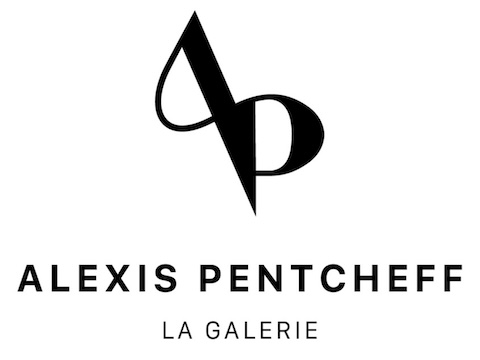
Exhibition
Three Provencal painters in modernity
From September 30 to October 29, 2016, the Alexis Pentcheff gallery is offering an exceptional exhibition dedicated to three Provencal artists René Seyssaud (1867-1952), Louis-Mathieu Verdilhan (1875-1928) and Auguste Chabaud (1882-1955). More than a hundred works were selected for this occasion and will appear on the gallery walls, whether they are oils on canvas, cardboard or panels or works on paper. Of great diversity, these works nevertheless form one body, nourishing the same spirit: that of pictorial modernity, which, at the beginning of the 20th century, also blew through Provence and its artists.
Strictly speaking, it is not a perception common to the three artists which leads us, more than sixty years after their disappearance, to convene together René Seyssaud, Louis Mathieu Verdilhan and Auguste Chabaud.
Seyssaud is the oldest of them: eight years separate his birth from that of Verdilhan, while Chabaud is his junior by fifteen. They did not therefore see each other at a time when, young rapists, they were testing their vocation, in the studio or on the grounds. It was only then that they knew each other's work, appreciated it.
A short generation apart, Chabaud followed, like Seyssaud, the teaching of Pierre Grivolas at the Ecole des Beaux-Arts in Avignon.
Within a few months perhaps, Chabaud and Verdilhan were in Paris at the same time, but unlikely in the same districts ...
Each has followed his own path, according to his deep inspirations, hearing at least, now and then, of the other two Provencal.
Chabaud and Seyssaud had certainly become friends, and sometimes painted the same motif together, but it was in a common exaltation which did not exclude that both retain their strong character on the canvas.
Undeniably, certain affinities show through ...
Let Verdilhan comb apple trees or almond trees in bloom in an opulent paste, and we perceive, in filigree, the fruit trees of Saint Chamas in the spring, which inspired Seyssaud all his life.
That Chabaud, in his Parisian period, throws us in the face these pure and outlined colors and we immediately think of Verdilhan which, a few years later, will begin to flatten its surfaces, to enclose with a black line its acidic colored planes . However, we did not seek, through this exhibition, to track similarities, nor to disentangle the influences that these works may have exerted on each other.
What appeals to us is more the way in which each of these three artists, while deeply anchoring their work in the Provençal soil, approached a completely innovative form of personal expression, and, in a word: modern.
Three modern and unique artists
Modern, they are all three in a skilful and singular language, inspired by a permanent experimentation with color and form. Prodigal, brilliant colorists, they have given life to teeming universes that resemble them.
On the canvas, Seyssaud triturizes the material as before him Monticelli, and brings to it a vision of nature with rustic poetry, extending in a very personal way the lesson of the Provençal landscapers. Verdilhan, for his part, manages, in his short existence, to develop a formal expression where the quintessence of the motif, the proven goal of his quest, collides with the fragility of its outcome, revealing only an apparent ease of execution where the artist had thrown in all his strength, the investigations of a lifetime.
Chabaud gives birth to a complex and prolific work, both graphic and pictorial, with a bulimia that is matched only by its spontaneity. Her relationship with Provence is more than complex: she appears as a castrating muse, who seems to dominate the artist with a virtuous screed and contain her most remarkable outbursts, while entrusting her brushes with the contrasting depth of her secular soul.
Our three artists, however, transcend the particularity of the land that nourishes their work to touch the universal. With their feet firmly anchored in the southern land, it is towards the horizon that they gaze. All three have not deprived themselves of maintaining links, more or less close, with the capital. The contribution of their research goes well beyond regional borders.
The Bernheim-Jeune gallery, of which Félix Fénéon was for a long time an influential collaborator, was not mistaken: works by Seyssaud appear there from 1901 to 1910, those by Verdihan in 1909, and Chabaud in 1912.

